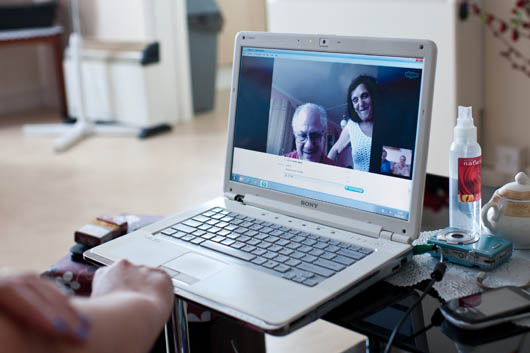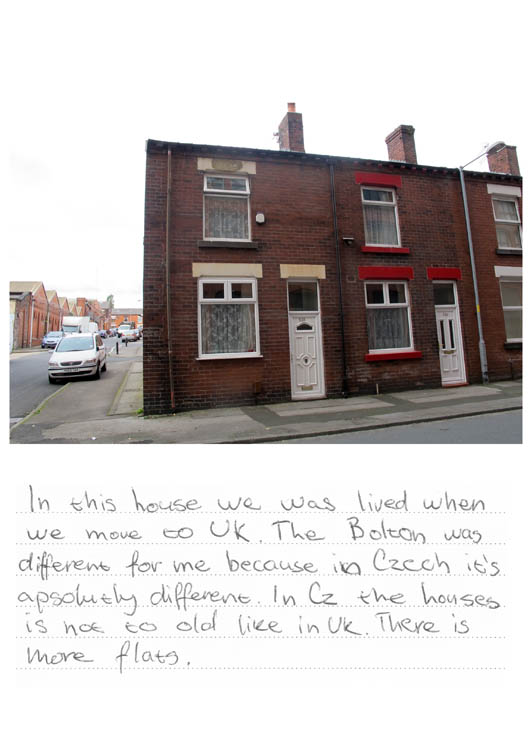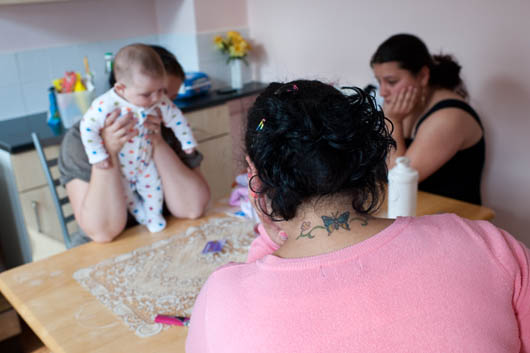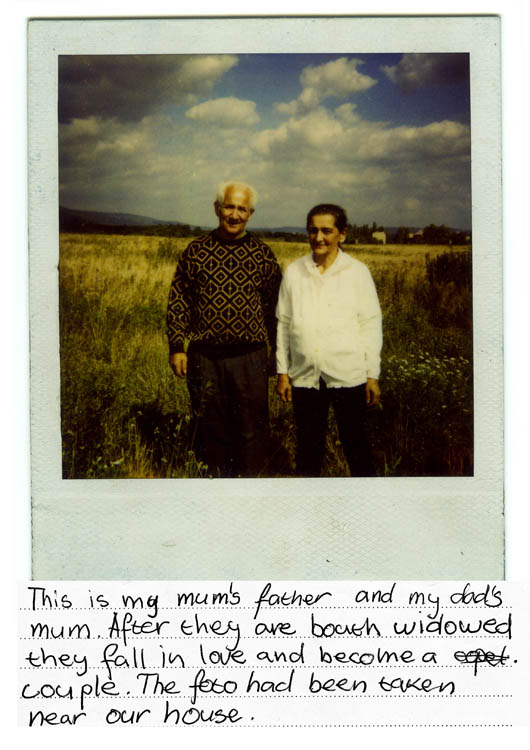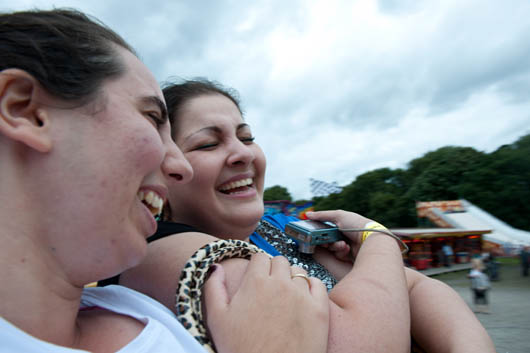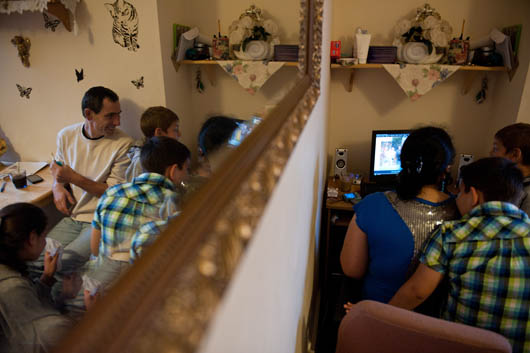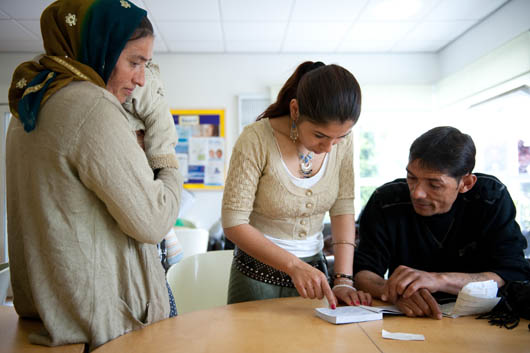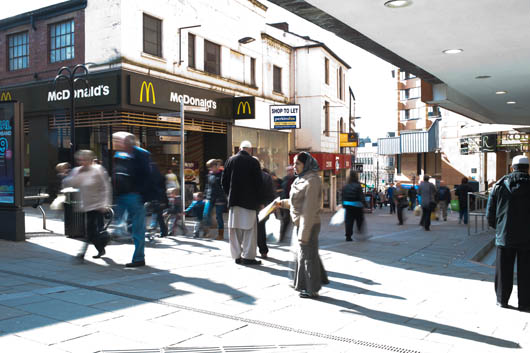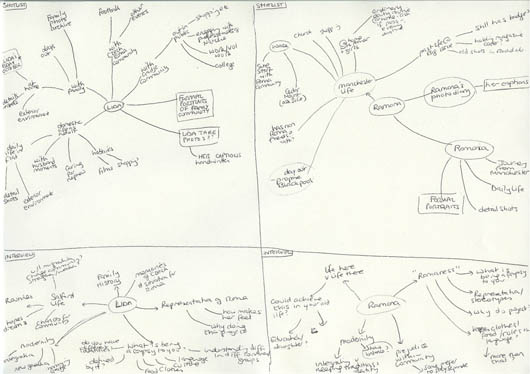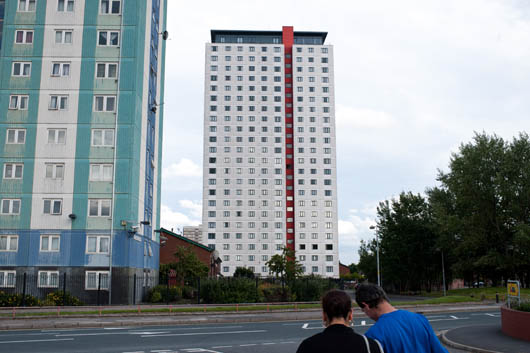
So the gradual immersion into my Roma project continues this week, and I’m still trying to find my groove. I know from past experience that it takes me time to feel really comfortable with these kind of documentary projects, and to find a kind of mental balance which allows me to overcome my own awkwardness. As always I’m full of nagging doubts – have I bitten off too much by trying to spend time with two different women, and how will I achieve the depth I’m after in my images within such a short time. While we technically have until mid November to complete this project I am being forced to spread my shooting out almost until the bitter end – most weeks I can only shoot two to three days in total because the ladies I’m working with are busy with other things, so I need to get motivated and start the academic research now so I can complete it in parallel. Inevitably I’m putting myself under a lot of pressure: I’ve wanted to do this project for such a long time now that I desperately want it to be good. Keep the faith Ciara, keep the faith.
Over the past few days I’ve realised that I’m faced with another challenge with one of my subjects – a large proportion of her spare time and time with her wider family is spent on a computer, skyping, checking facebook or playing games. There’s nothing wrong with that of course, it’s totally normal and is part of her reality, like most of us today. But it does’t make for particularly visual moments. This is where the patience of the photographer has to come in I suppose, waiting like the hunter for those moments in between. My terrible impatience was something – along with my awkwardness at the start of these projects – which I had really hoped to cast aside during the two years of this Masters, but I suppose I shouldn’t have expected miracles. Perhaps these characteristics are too engrained in who I am.
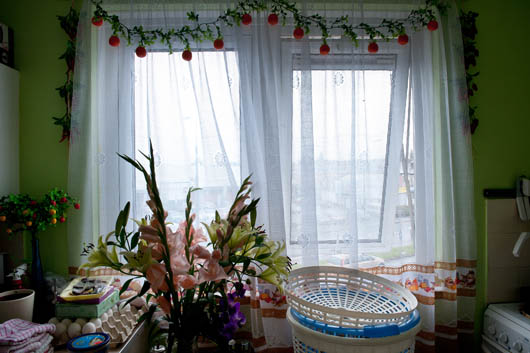
I chose to focus this project on not one but two young Roma women in Manchester because the past year or so has made me cautious to the point of paranoid that access is going to be a problem or people are going to let me down. My experience of putting together a series of written articles on the Romanian Roma community in Manchester (here, top row) was that finding the right people to talk to can be challenging to say the least, while finding anyone willing to be photographed can be even tougher. Then, almost immediately afterwards, my Rethink project on English Gypsies – a very different community despite their common ancestral roots – was mired in access difficulties not of my own making and was only saved thanks to the support of some good friends within that community. So when I was thinking through my ideas for this current project I decided to pitch my plan to not one but two women as a way of hedging my bets. To my astonishment, both said yes. Not only that, both seem quite enthusiastic about my ideas, in their own ways.
I couldn’t believe my luck when Ramona, who I have already worked with on this written story agreed that as well as spending time with her in Manchester, I could accompany her on a visit home to Romania later this month. It will be her first time home since she moved to the UK in 2009. Well, today things got still more exciting when Lida, the other woman I’m working with, invited me to accompany her on a short visit home to the Czech Republic in October. It feels like it may be cutting it somewhat fine in terms of the project hand-in date but this is surely an opportunity too good to miss, and with a lot of hard work and planning before and a bit of luck, it should just about work out.
